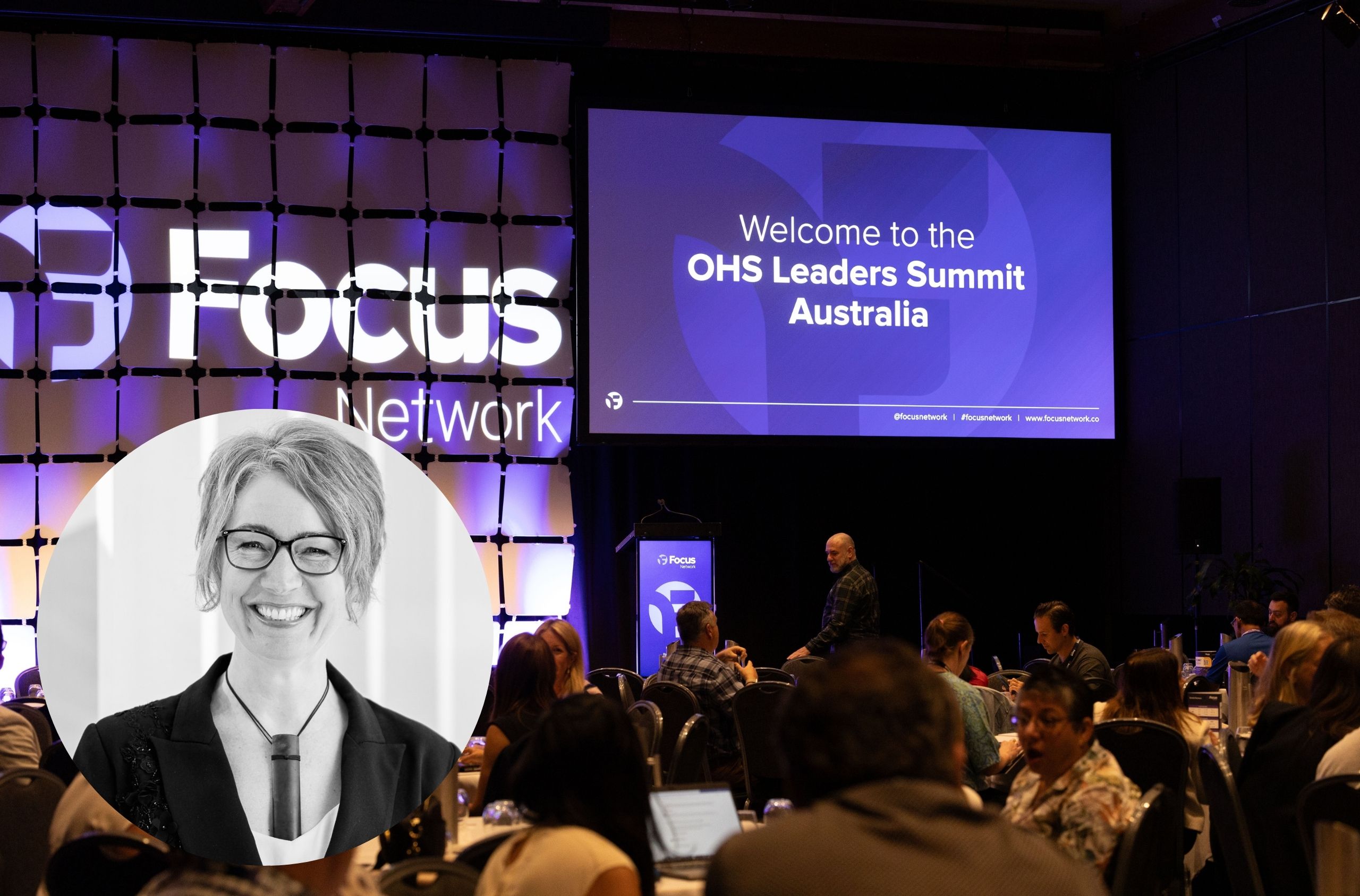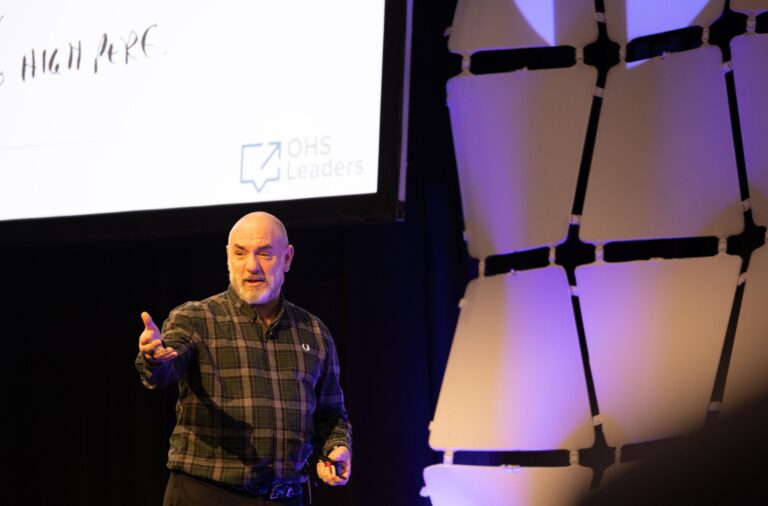
Keynote Speaker: Wendi Bains
Fletcher Building’s Safety Reset: A wake-up call that shook the foundations
In 2019, Fletcher Building faced a crisis no company ever wants to endure—five fatalities in just three months. It was, as Chief Safety Officer Wendi Bains described, a moment that “rocked our socks” and forced the business to confront a hard truth: what they were doing wasn’t working.
Despite having all the hallmarks of a compliant safety program—hundreds of procedures, training, and standards—something vital was missing.
“I used to think success was delivering 300 procedures in three languages,” Bains reflected. “But we still lost people. That’s not success.”
From paperwork to purpose
In the aftermath of these tragedies, Fletcher committed to a complete safety transformation. Partnering with DuPont, the company undertook deep diagnostics across 25 business units. They expected differences – but found startling sameness. “Everyone thought they were unique. The reality? The patterns were identical.”
Bains shared how corporate departments were initially overlooked – seen as ‘low risk’ – until it became clear how deeply functions like procurement, legal and HR influenced safety outcomes. Culture wasn’t isolated to the frontline; it was systemic.
Changing mindsets, not just systems
The real breakthrough came when Fletcher stopped asking, “What are the procedures?” and started asking, “What do our people believe?” Only 42% of their workforce believed that all injuries were preventable. That had to change.
A suite of five safety pillars emerged: shifting mindsets, building leadership, engaging the frontline, managing critical risks, and driving accountability. Leadership became personal. Leaders weren’t just told what to do – they were asked to reflect on who they were and where they stood on safety.
“We didn’t need more rules – we needed more belief,” Bains said.
Tools for culture, not just compliance
Fletcher introduced tools that weren’t just technical. They were human.
Mirror Walks and Listening Groups put executives face-to-face with the real stories behind the data. Risk Containment Sweeps encouraged leaders to actively hunt and eliminate hazards, while Critical Control Verification zeroed in on key life-saving controls.
And when COVID hit? The company couldn’t rely on consultants or programmes. They had to own it.
“It forced us to simplify. And thank god it did.”
From safety teams to safety leadership
Today, safety is not a checklist at Fletcher, it’s a value. It lives in their leadership development, their site conversations, and their executive decisions. As Bains put it:
“If someone’s not on this journey with you, they could cost a life.”
It’s a powerful reminder that safety isn’t about more paperwork. It’s about more belief, more listening, and more leadership.
Share:



